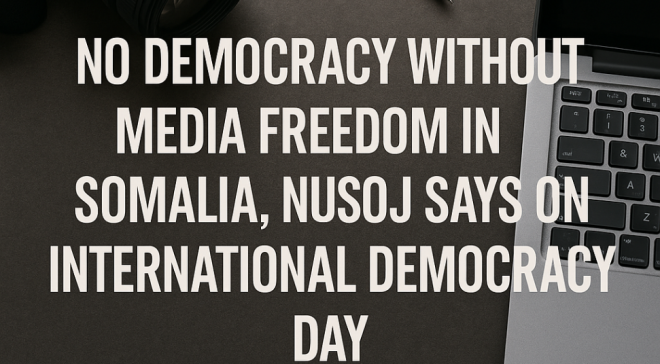Localisation in Somalia: Delivering Better Through Local Actors
MOGADISHU, Somalia - Seventy participants from government, the private sector and local, national and international humanitarian and development actors met on Wednesday 6 September to discuss how aid can be better delivered within Somalia.
This was the first event of its kind in Mogadishu to bring together such a wide range of people to tackle this issue.
The event was co-hosted by the Ministry of Humanitarian Affairs and Disaster Management, the UK Department for International Development (DFID), the United Nations and the Somalia NGO Consortium.
Attendees included: federal and regional governments, local and national civil society organizations, international NGOs, private sector, embassies and international development agencies. Comments and suggestions from the public were fed in via social media. The Minister for Humanitarian Affairs, H.E. Maryam Qasim opened the event.
Speaking during the opening of the event Minister Dr. Maryan Qasim said: “Today more people are affected by conflict and disaster for far longer than in previous decades. Substantial funding shortfalls will persist and the humanitarian response will always be a shared responsibility. All of us whether it’s the Somali Government, the international community, Somali business people, the religious groups, the Diaspora, the youth and other Somali community members have an important role to play.
The Minister added: “With the limited resources available we need to bring our efforts together to save the lives and livelihoods of people. A Somali proverb says “Gacmo wadajir bey wax ku gooyaan” which means that we can only achieve the best results by working together”.
Speaking before the event, Acting British Ambassador to Somalia, Mary Shockledge said: “Today’s conversation between local and national responders is a hugely important one. We are delighted to partner with the Ministry for Humanitarian Affairs, UN and Somalia NGO Consortium to deliver this event. The UK Government is committed to the principle of getting effective and transparent aid to those most in need. This means working with a range of partners on the ground, including local NGOs and the private sector. By working together, our hope is that Somalia becomes more resilient.”
Somalia remains vulnerable to repeated climate-induced shocks such as drought and displacement from conflict. Currently, around half of the population is in need of assistance as a result of the severe drought and associated risk of famine.
Around a quarter of the population, some 3.1 million Somalis are in a critical state and need urgent lifesaving support. Famine remains a real risk in the worst-affected areas, but can be avoided. 2017 has seen a sizeable and wide-spread response to the drought by all actors, reducing suffering and so far preventing another deadly famine.
All participants recognized that local communities often provide the first line of response. Local communities are in turn supported by local and federal authorities, business leaders, local, national and international humanitarian partners and civil society. Participants committed to ensuring that partners work together, use their comparative advantages and ensure that aid reaches those who need it most, and in the most cost effective manner.
Participants discussed the current barriers preventing better coordination and collaboration. In the final plenary session, participants identified various solutions to support and improve national and local coordination mechanisms. These included building more trust among partners and developing a firmer commitment to support capacity-building of local civil society organizations.
Improving transparency and accountability were also central themes for the day, with participants acknowledging they are crucial for the success of aid delivery. Discussions also centered on risk management: how local actors can be better supported to mitigate and manage risks and how data can be shared more widely across the humanitarian community.
Press Release














